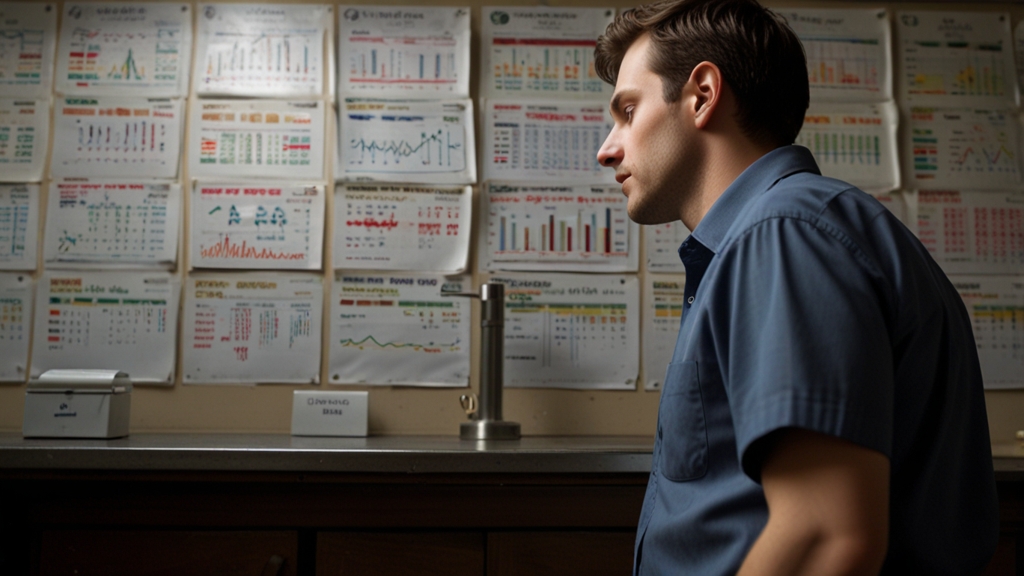Beyond the Cross: The Untold Stories of Crucified Victims
The crucifixion of Jesus Christ stands as the most iconic and influential execution in human history. For centuries, it has been depicted in art, literature, and religious teachings, serving as a profound symbol of sacrifice and redemption. However, the story of crucifixion extends far beyond the biblical narrative. Many individuals met their demise under the horrific punishment of crucifixion, each carrying their own untold stories of suffering, resistance, and unspeakable agony.
The Origins and Purpose of Crucifixion
Crucifixion was not an invention of the Romans, though they did perfect it as a method of execution. Predating their use, the technique was employed by civilizations such as the Persians, Carthaginians, and Macedonians. The primary goal of crucifixion was not merely to kill, but to serve as a public spectacle—a terrifying deterrent to those who might consider defying the authority of the state.
Life on the Cross: The Gruesome Reality
Crucifixion was designed to prolong suffering. Victims were typically beaten and scourged beforehand, weakening their bodies. Once nailed or tied to the cross, they faced exposure to the elements, excruciating pain from the nails through their extremities, and debilitating muscle cramps and spasms.
“It was not uncommon for those crucified to linger for days before succumbing to death, a fate that was both a public warning and a private hell.”
Crucified Victims: Their Untold Stories
Rebels and Dissidents
Historical accounts, such as those of the Jewish historian Josephus, record the widespread use of crucifixion against rebels and political dissidents. During the Roman siege of Jerusalem in 70 CE, thousands of Jewish rebels were crucified outside the city walls. These men and women were fighting for their homeland, their faith, and their way of life. Their deaths were slow and brutal, serving as a horrifying reminder of the might of Rome.
Slaves and Criminals
The Roman Empire frequently used crucifixion to punish slaves and criminals. The Spartacus-led slave revolt around 71 BCE resulted in the mass crucifixion of 6,000 captured slaves along the Appian Way, an unparalleled act of cruelty and domination. These men had dared to seek freedom from their chains, and their defeat was commemorated with a forest of crosses stretching for miles.
“To be a slave in ancient Rome was to live in constant fear of the cross, a fate that symbolized the ultimate loss of personal autonomy and humanity.”
Everyday Citizens
While many of the crucified were rebels or slaves, even ordinary citizens could fall victim to this grisly end. Petty crimes, perceived insults to Roman rulers, and even minor insurrections could lead to a sentence of crucifixion. The indiscriminate nature of its application meant that everyone lived under the shadow of the cross.
Modern Reflections on Ancient Brutality
Today, the image of the cross is often seen through the lens of religious reverence. However, understanding the broader history of crucifixion can enrich our comprehension of human suffering and resilience. It forces us to confront the darker aspects of ancient justice systems and the depths of endurance shown by those who faced such a horrifying end.
“The cross, while a symbol of faith for many, also stands as a testament to the thousands of nameless souls who faced unimaginable torment and whose stories deserve to be remembered.”
As we reflect on crucifixion beyond the singular narrative of Jesus Christ, we glimpse a broader tableau of human history marked by sacrifice, defiance, and the eternal quest for dignity in the face of overwhelming cruelty.









